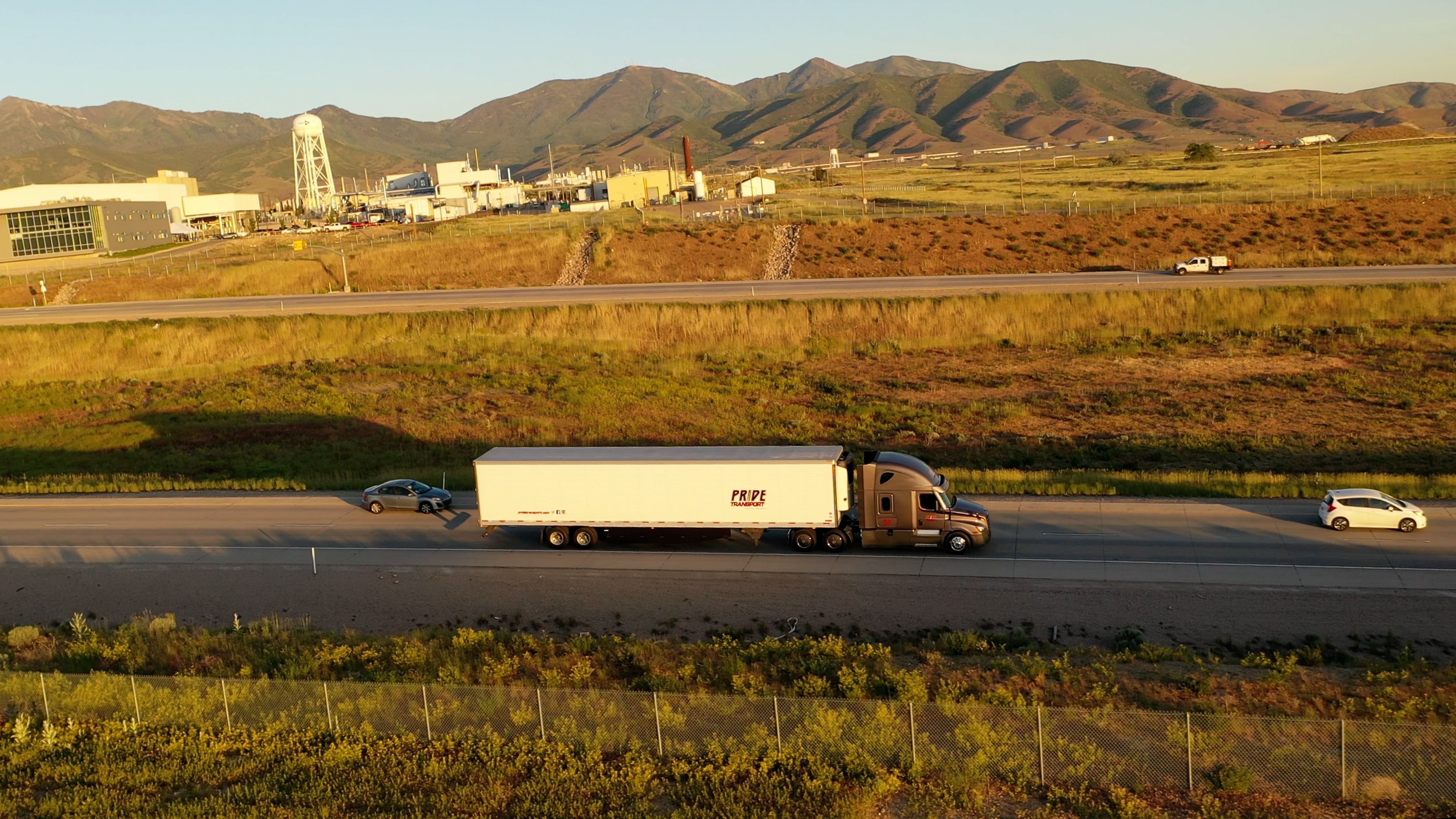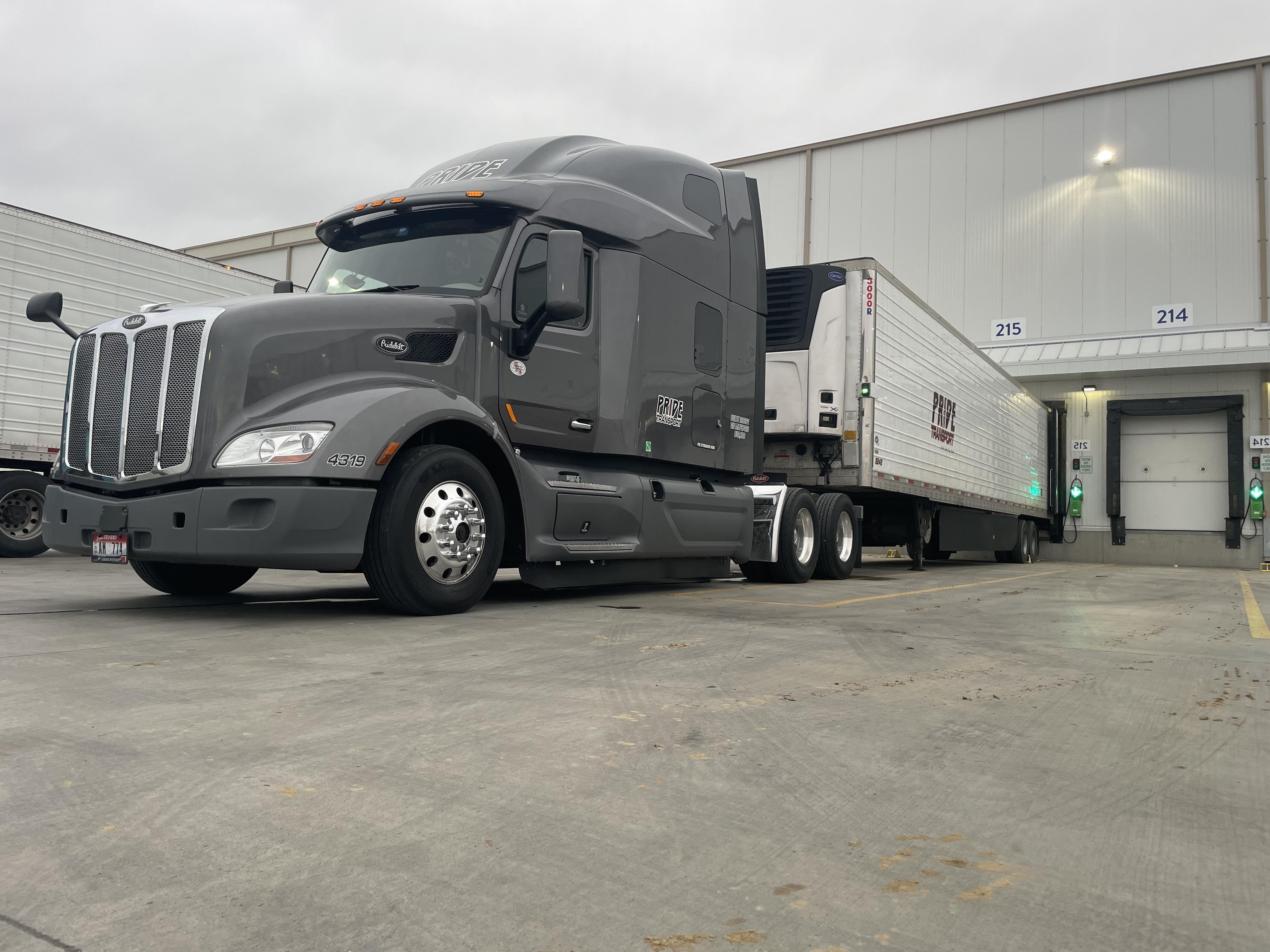by Pride Transport | Feb 08, 2024
One thing most people agree on is that we feel more secure when the economy is healthy. A strong economy assures us that jobs are stable, people are working, and spending is chugging along at a healthy level.
While many different factors contribute to economic strength, one of the most overlooked players is the trucking industry. Trucking literally keeps our national and international economies moving. Without trucking, the supply chain for so many other industries would stall out or come to a complete stop, preventing both private and public entities from getting the materials, goods, and services they need to ensure efficient operations.
Let’s take a closer look at exactly how trucking contributes to the economy and impacts our daily lives.
Freight Movement and the Supply Chain
Without the trucking industry, transportation options are severely limited at every step along the supply chain. That’s because trucking moves nearly 73% of our country’s freight (by weight) — that’s 11.46 billion tons of freight! Take trucking out of the picture and smooth, on-time deliveries disappear, only to be replaced with logistics problems and tension headaches.
Think about it: Any item made with the intention of being sold to and used by another entity has to arrive at its new destination somehow. Parts and materials must be delivered to manufacturing facilities. Manufacturers need to ship items to warehouses for storage and delivery. From the warehouses, products must travel to big-box stores, department stores, other warehouses, healthcare facilities, restaurants, small businesses, etc.
When you look at each step of the supply chain’s transportation process through this lens, it’s easy to see how trucking directly impacts other industries:
- Manufacturers require a wide range of materials for production, including timber, steel, plastics, digital components, fabrics, and other equipment.
- Oil and gas companies need trucks to transport fuel as well as the materials and equipment needed for extracting these resources.
- Construction companies turn to trucking when they need to haul heavy-duty building materials to and from job sites — and even on job sites.
Jobs Created by the Trucking Industry
When most people think of trucking industry jobs, they likely focus on truck driving employment opportunities. And while drivers are the backbone of the trucking profession, they’re just one group within the industry who work hard to ensure the on-time transportation of materials and goods.
Trucking operations employ several different types of roles, from people securing and scheduling loads to those who are available to answer drivers’ questions from the road, especially in cases of weather delays or changes in routes. Mechanics and other maintenance professionals are needed to ensure that the trucks are safe to drive and remain in tip-top condition.
On top of that, trucking companies count on employees for their expertise in business operations. Human resources, accounting, public relations, marketing…companies need skilled people in these departments, too. When you take all of those different employment opportunities into account, there were 8.4 million people employed in trucking-related jobs in 2022.
Here are a few other notable facts about employment in the trucking industry:
- Women accounted for 8.1% of total drivers in 2022, a record percentage.
- Nearly 46% of drivers are minorities, representing a wide diversity of ethnicities.
- The American Trucking Associations (ATA) is currently “advocating for new apprenticeship programs that will help train high school graduates for long-term careers in trucking.”

The Trucking Industry’s Influence on Infrastructure
Trucks don’t just use our nation’s highway system — the trucking industry plays a crucial role in helping to develop and improve infrastructure.
Few people experience America’s roadways the way that truck drivers do. Traveling thousands of miles over interstates, bridges, toll roads, and state routes provides those in the industry with key insights as to what works and what’s in need of repair.
The ATA notes that trucks cover over 300 billion miles every year in the effort to transport freight and keep supply chains running smoothly. With so much travel — and with such importance placed on transporting freight to communities across the country — truck drivers and the rest of the driving public need infrastructure that is:
- Safe to drive on for extended periods
- Connected in ways that optimize the efficient flow of traffic
- Populated with safe, clean places to rest for those who travel for work, especially for truck drivers who must adhere to Hours of Service requirements
The American Road and Transportation Builders Association (ARTBA) notes, “Through September 30, 2023, states have committed highway and bridge formula funds to support over 31,000 new projects. This is in addition to over 29,000 new projects supported in FY 2022.” And these new projects mean jobs for thousands; estimates from the Federal Highway Administration point to at least 13,000 U.S. jobs created for every $1 billion spent on federal infrastructure investment.
The Role Trucking Plays in Economic Growth
Whether arriving by air or by sea, all international freight that enters the U.S. needs to go somewhere once it arrives at port. Trucks are needed to pick up these shipments from international ports and airports and deliver the freight to its next destination. Without a healthy trucking industry, shipments pile up and prevent the seamless and efficient delivery of goods, materials, and other necessary items.
People and businesses can’t build, grow, change, evolve, or innovate without access to the necessary supplies, equipment, or technology their professions require. Of course, there are other ways to transport goods — various industries utilize rail, water, and air transport as needed. However, trucking is the boots-on-the-ground option that many sectors turn to for a majority of their transportation needs.
For example, U.S. manufacturers spend $274.8 billion on transportation needs annually; $178.45 billion of that total went toward trucking alone. Here’s how a few other major sectors break down:
- Retail Trade: $232.8 billion total; $137.07 for trucking
- Construction: $85.2 billion total; $79.42 billion for trucking
- Mining, Quarrying, Oil and Gas Extraction: $29.9 billion total; $14.67 for trucking
- Agriculture, Forestry, Fishing, and Hunting: $17.2 billion total; $13.18 billion for trucking
One of the best examples of trucking’s resilience is the industry’s performance throughout the early days of the COVID-19 pandemic. Even among so much uncertainty, trucking companies were able to safely complete deliveries and provide people with the resources and stability they needed to get through tough times. The trucking industry’s work continues to be essential in sustaining our economy.
If you’re interested in truck driving employment opportunities or other career options within the trucking industry, look no further than Pride Transport. We’re proud to be a family-owned trucking operation who does our part to keep the country rolling.
